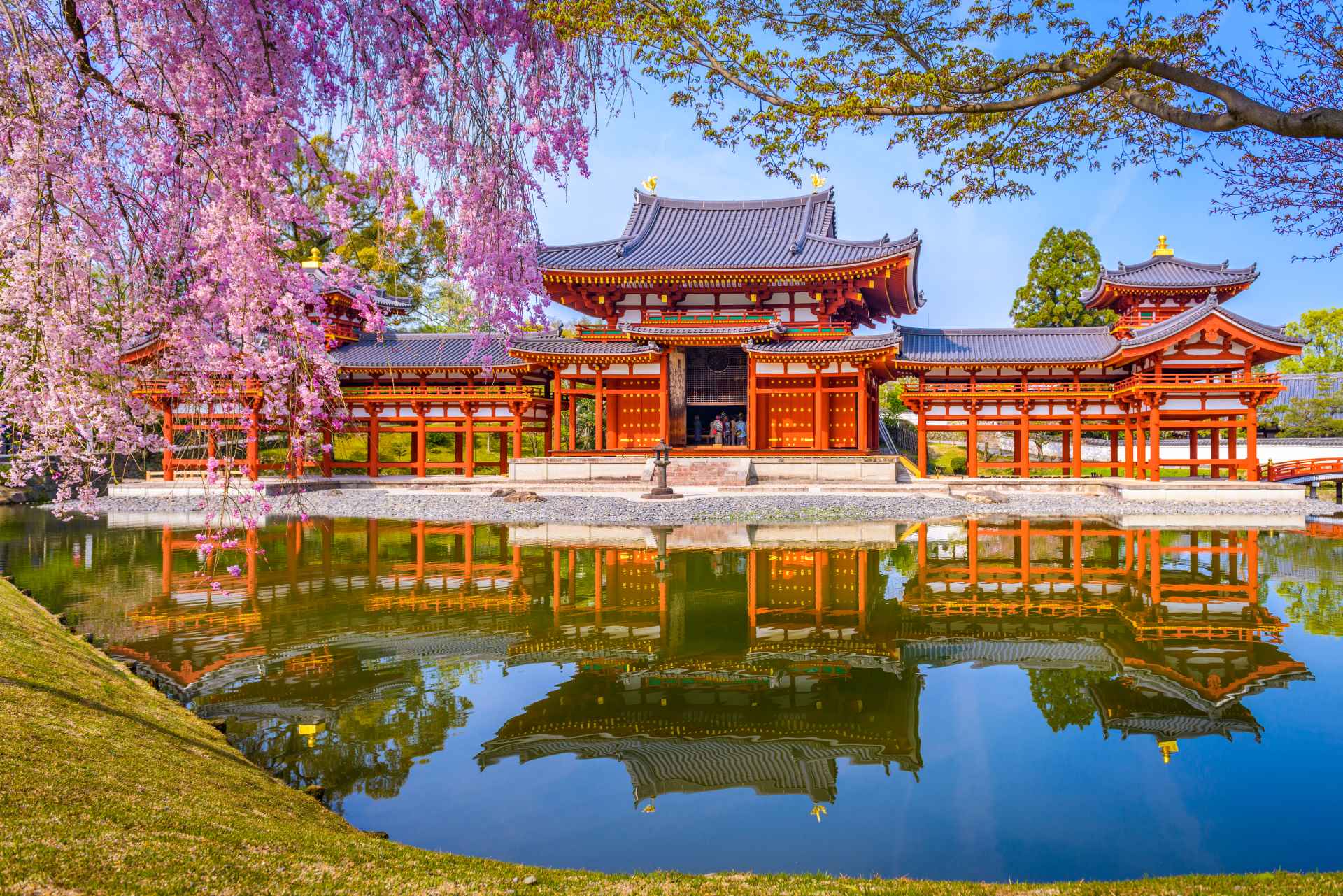
Harmony & Innovation: Exploring the soul of modern Japanese architecture
In the ever-evolving dance between tradition and progress, Japan’s architectural landscape emerges as a breathtaking symphony of innovation and cultural reverence. Modern Japanese architecture plays with the boundaries of functionality, weaving a narrative that marries together ancient and avant-garde fundamentals. This is the first part to our new blog series, where we delve into the realm of modern architecture in Japan– guided by the visionaries that are two influential architects who have left an indelible mark on the canvas of architecture as we know it.
Get in touch with Clements Clarke Architects on 07 3852 3944 today to experience a new world of architectural services Brisbane home and business owners love.
Modern Japanese Architecture: New World Influence
Japanese architecture of the modern world is known for its inventive interiors (more so in central Tokyo) to clever construction and innovative space. In the face of Japan’s tricky planning regulations and the restrictions on urban plots (which you can see in the ever-so-common micro-housing), building can be made difficult, forcing designers, builders, and architects to think drastically outside the box. This opens up possibilities for all types of lifestyle from minimalist to communal in Japanese architecture.
In modern Japanese architecture and design, we see a mix of rich traditional design practices mixed with the western influence of modern aesthetics, such as time-honoured sliding doors (known as Fusama) and modular tatami floor mats. Let’s look further into the ever-changing architectural discourse in Japan, through the eyes of some notable Japanese architects.
Ethereal Minimalism of Tadao Ando
In the seamless blend of concrete and contemplation, Tadao Ando stands as a luminary when it comes to Japanese architecture. His creations are not mere structures; they are meditative spaces, where light and shadow pirouette in a delicate ballet. Ando’s signature style, characterised by exposed concrete walls and geometric purity, reflects a Zen-like philosophy that speaks to the soul and more so the spirit of Japan. Consider the Church of the Light in Osaka, a masterpiece that transcends the conventional boundaries of religious architecture.
Within the austere concrete walls, shadows and illumination transform the act of entering the church into a spiritual pilgrimage – encouraging a sense of reverence and awe expected of such a fantastic structure. Ando’s influence extends beyond Japan, with his minimalist aesthetic, rooted in Japanese traditions, becoming a global language, reflective in museums, homes, and even cultural institutions across the world. Through his mastery of space and light, Tadao Ando invites us to experience architecture not merely as a physical shelter but as a transformative and magical journey.
Innovations of Shigeru Ban
In the delicate dance between nature and design, Shigeru Ban emerges as a poet-architect, composing verses with paper, bamboo, and innovative sustainability. Ban challenges conventional architecture, pushing the boundaries of materiality in an effort to create spaces that resonate with both the environment and the world as we know it (from a human point of view). The Paper Dome in Kobe stands as a testament to Shigeru Bans ingenuity.
Crafted from cardboard tubes, the innovative Paper Dome embodies Ban’s commitment to sustainable architecture, proving that beauty can be born from humble materials. Ban’s influence is seen all over the world, especially in disaster relief architecture. His humanitarian efforts, coupled with his commitment to sustainable design, have earned him great admiration.
Futurism of Kazuyo Sejima
Co-founding the Tokyo-based firm SANAA, Sejima has etched her name in the crevices of contemporary design, redefining spatial boundaries and challenging our perception of form and function. At the Toledo Museum of Art in Ohio, SANAA’s Glass Pavilion is the perfect ode to Sejima’s commitment to transparency while simultaneously boasting ethereal beauty. This particular structure blurs the lines between interior and exterior, melding the artwork within to the surrounding landscape.
Glass as the primary material reflects Sejima’s fascination with light and transparency, turning the act of viewing art into an immersive experience. Kazuyo Sejima’s impact extends beyond architectural innovation; becoming the first woman to direct the Venice Architecture Biennale. In the fluid lines and reflective surfaces of Sejima’s creations, we witness a visionary architect who not only embraces the future in a new way but sculpts it with complete grace.
A World of Innovation
In Japanese architecture, Tadao Ando, Shigeru Ban, and Kazuyo Sejima emerge as ingenious, each playing a unique role in the innovation of architecture as we know it today. From the meditative minimalism of Ando to the poetic sustainability of Ban and the fluidity of Sejima, these architects invite us to contemplate, celebrate, and transcend the boundaries of what is possible when it comes to creativity within any medium or material.
As we stand at the crossroads of traditional and modern, the soul of Japanese architecture is ever present through these visionary creators. It is a language that speaks of harmony, innovation, and the eternal embrace between the past and the future—Culture that borders and resonates with the essence of human creativity.
Breathe Life into Your Home or Business with Clements Clarke
If you’re wanting to transform your current space or bring to life a visionary masterpiece for your home or business – Clements Clarke Architects are ready to bring your ideas from the drawing board to reality. Contact our architects on 07 3852 3944 today or send our architectural firm a message through our online form.

